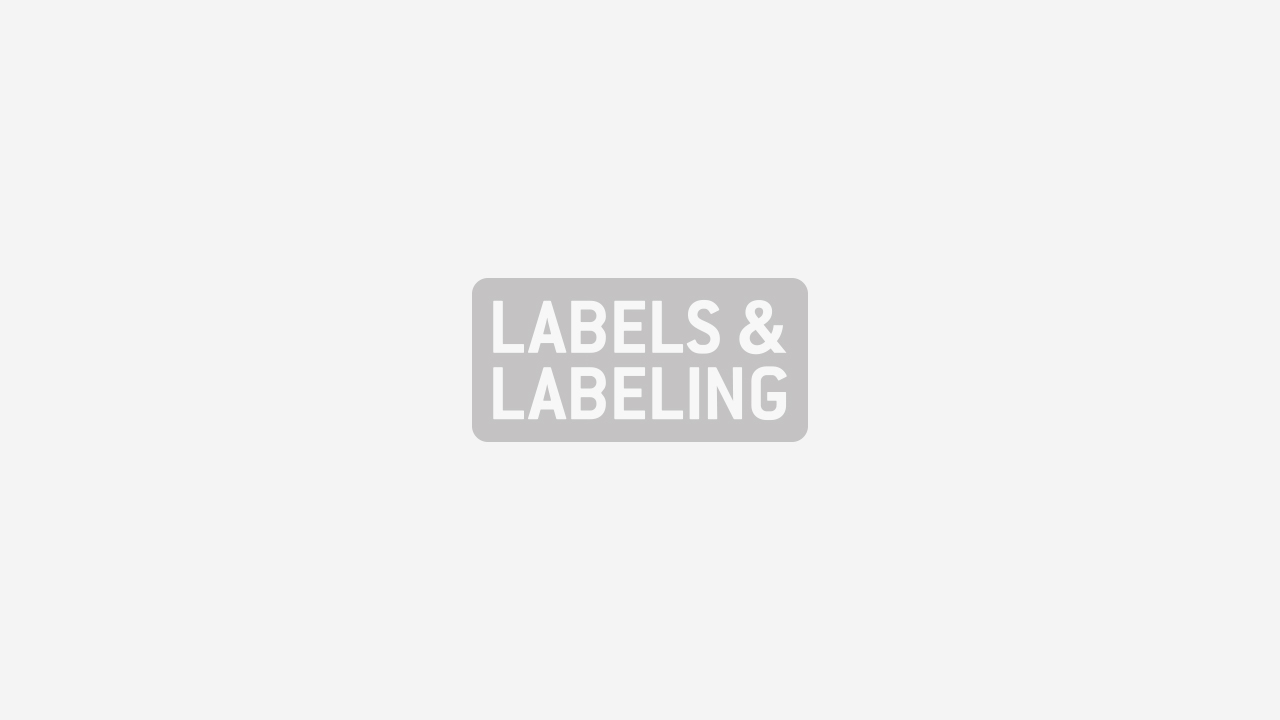Counterfeiting hits the UK market

Trading standards officers from Havering Council (UK) have seized 340 bottles of counterfeit wine from 19 off-licenses in the borough. The imitation Jacob’s Creek bottles had come from China and were retailing at the same price as the genuine product. Only a spelling mistake in the small print of the label gave the game away - it read ‘wine of Austrlia’.
Elsewhere, in Northern Ireland, Customs Officers have seized around 8 million fake cigarettes, valued at around £2.4m, from commercial premises in Armagh. John Whiting, HMRC assistant director of criminal investigation, said the organisation was committed to stamping out the smuggling of cigarettes and tobacco. ‘With expertly-crafted packaging it is almost impossible to spot fake cigarettes, but like any other counterfeit product you have no idea of what you are buying,’ said Whiting.
The bust comes as retailers and tobacco firms await the UK Government’s tobacco control strategy that is likely to include proposals for plain packaging. Tobacco firms have previously said that plain packaging would make it easier for counterfeiters and undermine attempts to stop smugglers. An estimated £2bn of tax revenue is lost every year due to counterfeit tobacco in the UK.
To appreciate the size of the problem in Europe, it is estimated that some 2.6m items of counterfeit packaging material were seized on the EU’s borders in 2009 as new figures from Brussels showed a rise in the number of fake medicines entering the community.
Packaging materials made up around 2% of the 118m suspected fake items commandeered by customs officials over the year. Seized labels, tags and stickers that were believed to infringe the EU’s intellectual property laws accounted for a further 15.9m items, or 13% of the total, statistics from the European Commission showed.
It was the first time that the EU’s annual counterfeiting report had included reference to packaging materials. However, the figures reveal the extent of other faked products and the scale of the counterfeit packaging industry behind those imports.
Cigarettes and tobacco products formed the biggest category of seized goods, accounting for 35% or 41m items, while medicines were the third biggest category at 10% or 11.4m items.
China was the biggest source of counterfeit items, accounting for 64% of all cases, while the Commission said that the United Arab Emirates and Egypt were increasingly important areas of origin for counterfeit goods.
Stay up to date
Subscribe to the free Label News newsletter and receive the latest content every week. We'll never share your email address.
